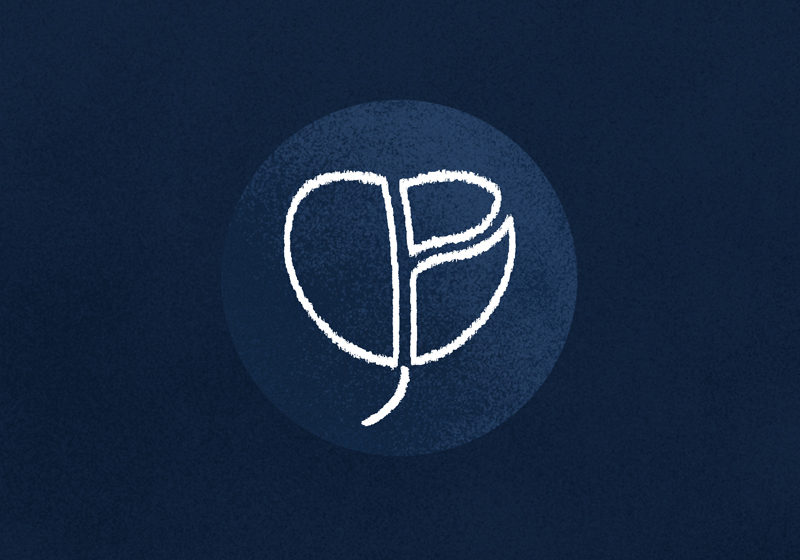Other BPH Surgery

Modern medicine now offers a wide range of options for the surgical treatment of Benign prostatic hyperplasia (BPH). Dr Sethi has extensive fellowship training in BPH surgeries and offers advanced, minimally invasive treatments tailored to enhance your prostate health with precision and care. Here is an overview of commonly used surgical techniques.
Transurethral Resection of the Prostate (TURP)
Dr Kapil Sethi subspecialises in a range of treatments for managing benign prostatic hyperplasia (BPH), including HoLEP, minimally invasive treatments and TURP.
TURP is considered a more involved surgical procedure designed to address the symptoms of an enlarged prostate, a common condition in ageing men. The prostate gland may cause urinary symptoms as it enlarges, such as a weak stream and incomplete emptying. If left untreated, BPH can lead to serious complications such as bladder infections and urinary retention.
Why Choose TURP?
TURP is a well-established surgical technique first used in the early twentieth century that surgically removes obstructing prostate tissue and creates an open channel to pass urine through. For a long time, it has been considered the most durable of BPH surgeries and is now matched by HoLEP surgery for durability. Due to the long learning curve of HoLEP, TURP remains one of the most commonly employed surgeries for BPH.
About the procedure
TURP is performed through the urethra, eliminating the need for external incisions. The procedure takes approximately 30-60 minutes, depending on the size of the prostate gland, and is performed under spinal or general anaesthesia. You will need to cease any blood thinners prior, except for aspirin.
After the operation has finished, a urinary catheter is placed through the penis, allowing constant irrigation into the bladder to prevent blood clots from forming. The irrigation usually ceases within 24 hours, and the catheter is removed within one to two days. During this time, blood in the urine is expected.
Upon catheter removal, you may initially experience bleeding, urgency, frequency and stinging. Normal urinary control will return over time within a few weeks. The bladder can be irritable for a while after recovery, and short-term bladder relaxing medications may be required as this resolves.
At home, it is important to avoid abdominal straining for 4-6 weeks as this may result in urinary bleeding. Avoiding constipation (high fibre diet) and heavy lifting is recommended.
Like other BPH surgeries, TURP carries risks to be considered, such as:
- Bleeding – transfusion rate is roughly 1%
- Infection – requiring antibiotics 1-2%
- Incontinence – leaking of urine on coughing or straining is <1%
- Low sodium in the blood – Very rarely, the body absorbs too much of the fluid used to wash the surgery area during TURP. This condition is known as TURP syndrome. Without treatment, it can be life-threatening.
- Retrograde ejaculation (Dry orgasm) – This is the release of semen during orgasm into the bladder rather than out of the penis. It’s a common and long-term effect of prostate surgery. Dry orgasm isn’t harmful, and it doesn’t tend to affect sexual pleasure.
- Erectile dysfunction – Some men may notice a reduction in erectile strength, but this is rare and medical treatments are available.
Minimally Invasive BPH Treatments
- Prostate Urethral Lift (PUL)
Prostate Urethral Lift (PUL), also known as Urolift, is a gentle surgical procedure designed to address the symptoms of BPH without the need for surgical removal of prostate tissue. Tiny implants are strategically placed to lift and hold the enlarged prostate, opening the urethral channel and reducing urinary symptoms. PUL is often performed as a day case under spinal or general anaesthetic, preserves sexual function and allows for a rapid return to normal activities. It remains a good option for younger men with small prostate glands who wish to preserve their ejaculation if they are planning further children. The procedure is not as durable as other more invasive treatments (HoLEP or TURP) but can be a suitable choice, depending on individual preference.
- Rezum Steam Therapy
Rezum Steam Therapy is a newer treatment that utilises the natural properties of steam to alleviate BPH symptoms. During the procedure, sterile water vapour is delivered directly to the prostate tissue, causing targeted cell destruction. This prompts the body’s natural healing response, reducing prostate volume and improving urine flow. Like other gentler surgical options, the procedure is quick and performed as a day case with preservation of sexual function. A postoperative catheter is required for 5-7 days, and improvements are noted at 4-6 weeks. The reoperation rate is lower than PUL, but no long-term data compares Rezum to TURP or HoLEP for durability.
Dr Sethi will carefully guide you through all BPH treatment strategies. He will discuss the merits of each approach to determine the best course of action tailored to your circumstances.